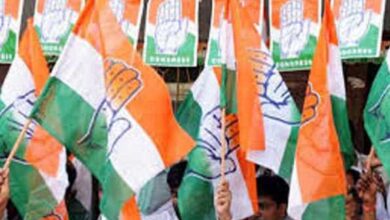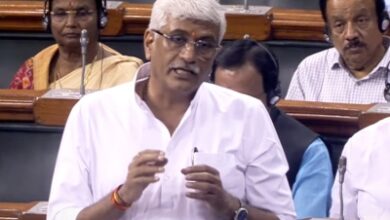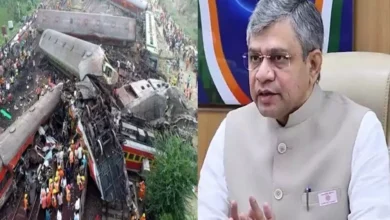
New Delhi: Although milder but the third wave of Covid-19 is expected to peak in early this year, according to National COVID-19 Supermodel Committee.
The daily caseload in India is expected to increase once the Omicron starts displacing Delta as the dominant variant, informed members of the National Covid-19 Supermodel Committee.
Vidyasagar, head of the Committee, said that India will have Omicron’s third wave but it will be milder than the second wave due to a large-scale immunity present in the country now.
He further suggested that India would not log more than two lakh cases daily, in the worst scenario, if the third wave hits the country.
Moreover, the third wave of the Covid-19 pandemic in India may peak by February 3, 2022, claims a modelling study by researchers at the Indian Institute of Technology Kanpur.
However, the forecast is based on the assumption that India will follow the trends of rise in cases seen in many countries globally, driven by the Omicron variant of coronavirus.
The yet-to-be peer-reviewed study, posted on the preprint repository MedRxiv on December 21, used a statistical tool named the Gaussian Mixture model to forecast the third wave.
As the cases are slowly increasing in the country he also suggested people get vaccinated.
“I emphasise that these are projections, not predictions. We can start making predictions once we know how the virus is behaving in the Indian population. Based on our simulations, in the worst scenario that we have simulated, namely total loss of immunity conferred due to vaccination and maximum loss of naturally induced immunity, the number of cases remains below 1.7 to 1.8 lakh cases per day. This is less than half of the peak during the second wave,” he added.
In a latest report of the India Covid-19 tracker, developed by the University of Cambridge and UK’s National Institute of Economic and Social Research, shows the growth rate of new cases is of significant concern in 15 states. As on December 29, the reproduction number for Covid-19 has exceeded 1.2 in these states—Bihar, Chandigarh, Chhattisgarh, Delhi, Goa, Gujarat, Haryana, Jharkhand, Madhya Pradesh, Maharashtra, Punjab, Rajasthan, Tripura, Uttar Pradesh and West Bengal. Besides, the filtered growth rate of daily cases has exceeded 2.5% in two other states—Telangana and Uttarakhand.
Meanwhile, the Central government had advised people to keep celebrations at low intensity and avoid non-essential travelling amid a sharp rise in Omicron cases across the country.
Earlier, the World Health Organization (WHO) on Saturday stressed on urgent scale-up of public health and social measures to curtail its further spread, with seven countries in the South-East Asia Region confirming cases of new COVID-19 variant Omicron.
Countries can and must prevent the spread of Omicron with proven health and social measures, Regional Director, WHO South-East Asia Region, Poonam Khetrapal Singh said. “Our focus must continue to be to protect the least protected and those at high risk,” she said in a statement.






